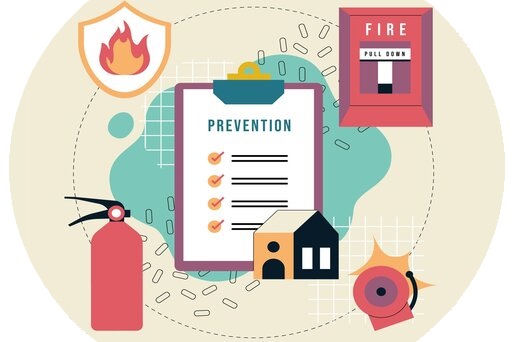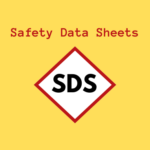Safety First: Implementing Effective Emergency Response Plans in Manufacturing

Safety should always be a top priority, especially in manufacturing environments. Such settings pose unique challenges and potential hazards that require proactive measures to ensure both the well-being of workers and the integrity of operations. One crucial aspect of maintaining safety in manufacturing settings is the implementation of effective emergency response plans. In this blog post, we explore the core questions driving the imperative for such plans: Why are they essential? What distinguishes an effective emergency plan? And what tangible benefits do they offer?
Understanding the Importance
Emergencies can arise unexpectedly in manufacturing environments, ranging from chemical spills and machinery malfunctions to fires and natural disasters. Without proper planning and preparation, these incidents can escalate quickly, resulting in injuries, property damage, and even loss of life. Implementing robust emergency response plans is essential to mitigate risks, minimize the impact of emergencies, and facilitate a rapid and coordinated response. Furthermore, emergency response plans enhance preparedness for emergency actions, preserve your business reputation, and support community resilience.
Elements of Effective Emergency Response Plans
Creating an effective emergency response plan requires careful consideration of various factors and thorough planning. Here are some key elements to consider when initiating a response plan:
• Risk Assessment: Begin by conducting a comprehensive risk assessment to identify potential hazards and vulnerabilities specific to the manufacturing facility. This assessment should encompass all aspects of operations, including equipment, materials, processes, and environmental factors. Effective software can streamline this process, allowing for efficient data collection, analysis, and visualization.
• Emergency Procedures: Develop clear and concise emergency procedures that outline the steps to be taken in different scenarios, such as fires, chemical spills, medical emergencies, and severe weather events. These procedures should be tailored to the unique needs and characteristics of the manufacturing facility.
• Review Protocols: Establish review procedures to ensure effective coordination and planning of emergencies. This may include utilizing efficient software solutions that provide automated notification systems for updates and revisions to emergency plans. These software solutions enable stakeholders to easily access and review the latest revision of the plan, ensuring that all parties are informed and aligned with current best practices.
• Training & Exercises: Regular training sessions and emergency practices are essential to ensure that employees are familiar with emergency procedures and know how to respond effectively in crisis situations. These exercises help identify areas for improvement and support a culture of safety within the organization. A good practice many effective businesses do is leveraging software that manages the training processes to ensure consistent and comprehensive training experiences for all employees.
• Collaboration with External Agencies: Establish partnerships with local emergency response agencies, such as fire departments, paramedics, and law enforcement, to facilitate a coordinated response in case of emergencies. This collaboration ensures that external resources and expertise are readily available when needed.
Benefits of Effective Emergency Response Plans
Implementing effective emergency response plans offers numerous benefits to manufacturing facilities, including:
1. Enhanced Safety: By equipping employees with the knowledge and tools to respond to emergencies effectively, the likelihood of injuries and fatalities is significantly reduced.
2. Minimized Disruption: Swift and coordinated responses to emergencies help minimize downtime and mitigate the impact on production schedules, thereby safeguarding business continuity.
3. Compliance with Regulations: Adhering to regulatory requirements and industry standards such as ISO 14001 and OSHA’s emergency preparedness and response requirements, demonstrates a commitment to safety and compliance, reducing the risk of penalties and liabilities.
4. Protection of Reputation: A proactive approach to emergency preparedness enhances the reputation of the manufacturing facility and instills confidence among employees, customers, and stakeholders.
These benefits can be further amplified with the use of software solutions. Adopting a software solution to manage emergency response plans can significantly enhance organizational readiness, resilience, and responsiveness in the face of various crises and disasters. Such solutions can offer centralized access to emergency plans, real-time updates to the plans, enhanced collaboration, and improved communication between stakeholders. One of the best solutions for managing emergency plans is the Emergency Response Plan module provided by Trackmedium QMS. This module enables comprehensive documentation of emergency situations, plan creation, and exercise scheduling. It ensures ISO 14001 and OSHA compliance, automating processes to boost efficiency and reduce compliance costs. Incorporate such solutions into your emergency planning to experience tangible efficiency improvements in your business and your business flow.
Conclusion
In conclusion, safety should always be prioritized in manufacturing operations, and implementing effective emergency response plans is essential to preserve the well-being of employees and the integrity of operations. Leverage the best solutions like the Emergency Response Plan module offered by Trackmedium QMS to manage safety practices, as in manufacturing, safety always comes first.


















